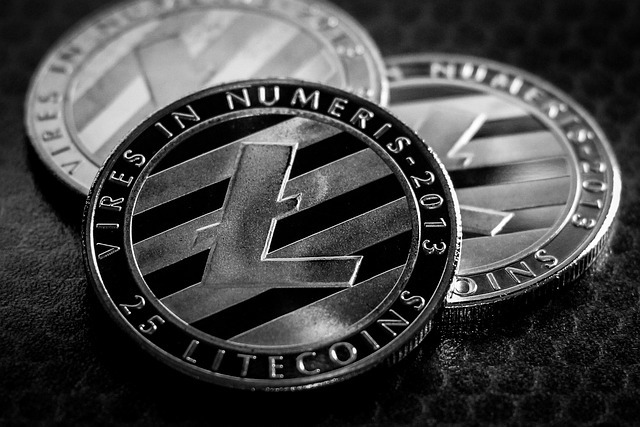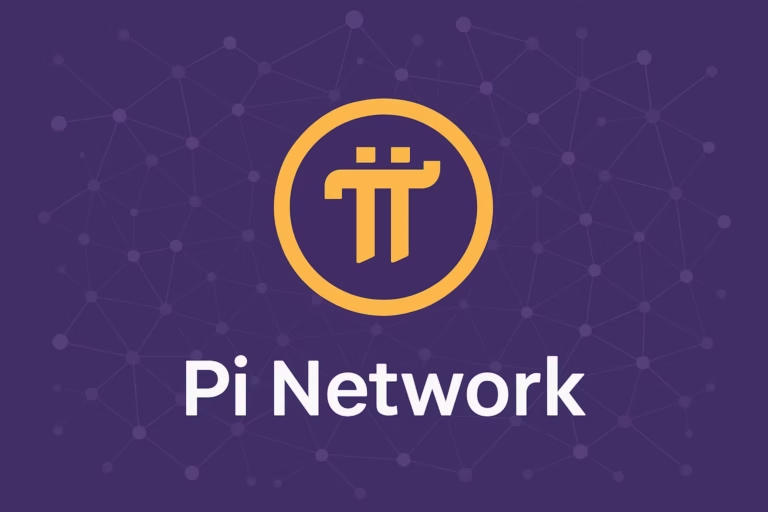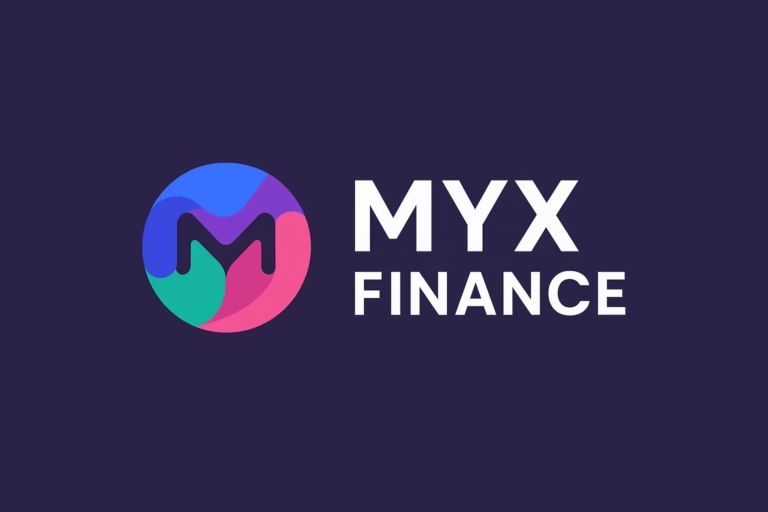
- Litecoin (LTC) has seen a significant decline in price since opening at $150.80 in 2022, currently trading at $67.62, influenced by its historical correlation with Bitcoin and market volatility.
- The future outlook for Litecoin depends on increased merchant adoption and stable mining dynamics, which could stabilize its price in the evolving cryptocurrency landscape.
Litecoin (LTC) opened the year 2022 at $150.80 but has since experienced a significant decline, now down by 55.11% to a current price of $67.62, marking a modest increase of 0.98% from the previous trading day. Over the past week, Litecoin has seen a slight rebound, up 1.21%. This article delves into Litecoin’s price history, its relationship with Bitcoin, and the factors influencing its price dynamics.
Litecoin Price History Timeline
Launched in October 2011 by developer Charlie Lee, Litecoin was designed as a faster, more efficient alternative to Bitcoin. Here’s a brief timeline highlighting key price milestones:
- May 5, 2013: LTC is priced around $3.59, attracting early attention from enthusiasts.
- December 4, 2013: A sharp price spike sees LTC reach $44.73, gaining traction as an alternative to Bitcoin amid Bitcoin’s ATH of over $1,100.
- January 14, 2015: The price drops to $1.16, marking all-time lows as it begins to decouple from Bitcoin.
- December 18, 2017: LTC reaches its all-time high of $358.34, propelled by mainstream interest and Coinbase support.
- May 9, 2021: LTC achieves a new ATH of $386.45 with the entire altcoin market rallying.
BTC’s Impact On LTC Price
Litecoin, being a hard fork of Bitcoin, has historically mirrored Bitcoin’s price movements. When Bitcoin rises, Litecoin often follows suit and vice versa. However, as the cryptocurrency market evolves, Litecoin is increasingly viewed as a speculative asset rather than a payment method, although its utility as a transaction medium remains a possibility.
What Drives the Price of Litecoin?
Several factors influence Litecoin’s price:
- Market Sentiment: As a volatile asset, Litecoin’s price is subject to rapid fluctuations influenced by broader market trends.
- Mining Dynamics: The mining algorithm for Litecoin is less energy-intensive than Bitcoin’s, potentially leading to lower operational costs and encouraging miners to favor Litecoin, which can increase demand.
- Adoption Rates: The more merchants accept Litecoin for transactions, the more its utility could solidify, potentially stabilizing prices.
What Lies Ahead for Litecoin?
The short-term outlook for Litecoin remains closely tied to market volatility. In the medium to long term, if Litecoin can secure more partnerships and merchant adoption, its prices could stabilize and provide more predictable returns. As the cryptocurrency landscape continues to evolve, Litecoin’s role as both a trading asset and a potential payment method will be crucial in determining its future value.




